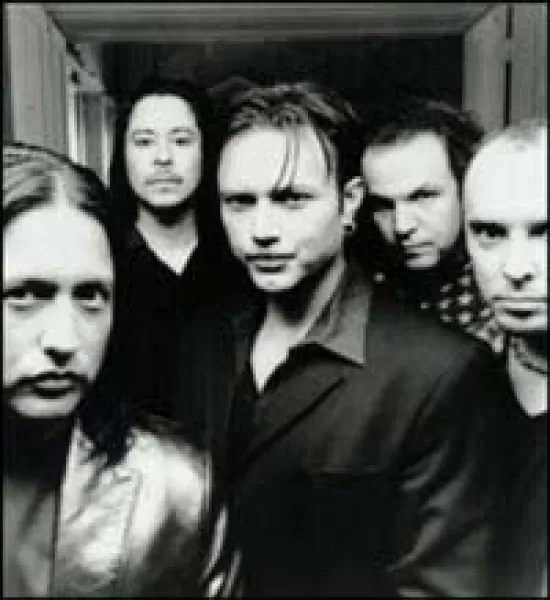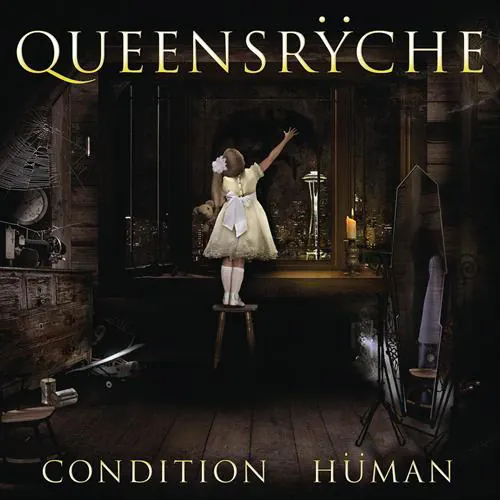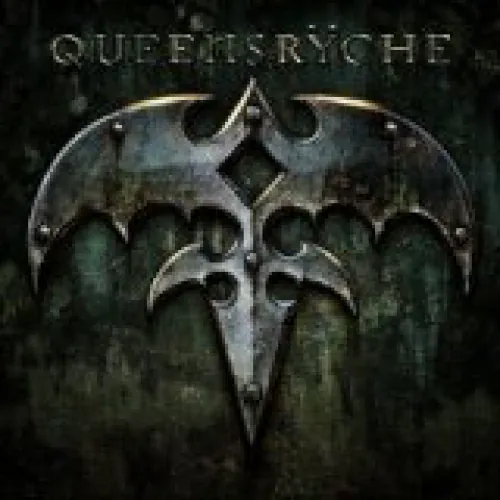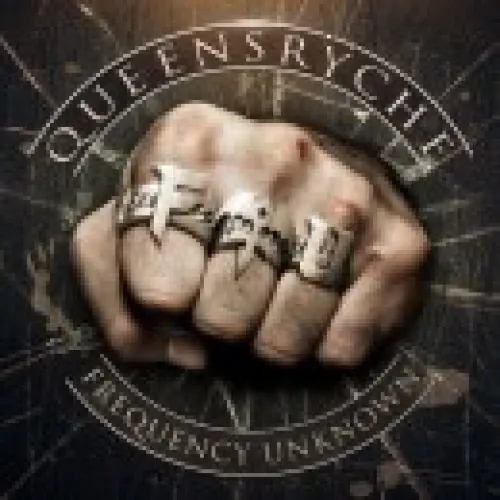
Queensryche
Top Queensryche albums
Top Queensryche lyrics
Queensryche biography
Although they were initially grouped in with the legions of pop-metal bands that dominated the American heavy metal scene of the '80s, Queensryche were one of the most distinctive bands of the era. Where their contemporaries built on the legacy of Van Halen, Aerosmith, and Kiss, Queensryche constructed a progressive form of heavy metal that drew equally from the guitar pyrotechnics of post-Van Halen metal and '70s art rock, most notably Pink Floyd and Queen. After releasing a handful of ignored albums, the band began to break into the mainstream with the acclaimed 1988 album Operation: Mindcrime. Its follow-up, Empire, was the group's biggest success, selling over two million copies due to the hit single "Silent Lucidity." Queensryche never sustained that widespread popularity -- like most late-'80s metal bands, their audience disappeared after the emergence of grunge. Nevertheless, they retained a large cult following well into the ensuing decades. br /br /Guitarists Chris DeGarmo and Michael Wilton formed Queensryche in 1981 in the Seattle, WA, suburb of Bellevue. Both guitarists had been playing in heavy metal cover bands and had decided to form a group that would play original material. The duo recruited high-school friends Geoff Tate (vocals) and ba**ist Eddie Jackson (ba**), as well as drummer Scott Rockenfield. Instead of hitting the club circuit, the group rehearsed for two years, eventually recording and releasing a four-song demo tape. The ca**ette came to the attention of local record store owners Kim and Diana Harris, who offered to manage Queensryche. With the help of the Harrises, the tape circulated throughout the Northwest. In May of 1983, Queensryche released the EP Queen of the Reich on their own record label, 206 Records. Queen of the Reich sold 20,000 copies and, in the process, earned the band major-label attention. By the end of the year, the band signed to EMI, which released an expanded version of the EP as the Queensryche LP later in the year; the record peaked at number 81. br /br /At this stage, Queensryche sounded closer to British metal bands like Iron Maiden and Judas Priest. Over the next few years, the group continued to refine its sound, opening for hard rock acts as diverse as Bon Jovi and Metallica. Their next two albums -- 1984's The Warning and 1986's Rage for Order -- sold respectably, with the latter reaching number 47 on the U.S. charts. Rage for Order also demonstrated a flowering of progressive rock influences, an idea that would reach its fruition with 1988's Operation: Mindcrime. Boasting orchestral arrangements from Michael Kamen, the album was Queensryche's most ambitious and focused effort to date, earning both positive reviews and strong sales. Operation: Mindcrime stayed on the American charts for a year, selling over a million copies during its run. br /br /Queensryche returned in the fall of 1990 with the equally ambitious Empire. The album proved to be their commercial high watermark, peaking at number seven on the U.S. charts and going double platinum in America; in the U.K., the album also cracked the Top Ten. Empire's success was instigated by the stately art rock ballad "Silent Lucidity," which received heavy airplay from MTV and album rock radio. All the exposure eventually sent "Silent Lucidity" to number five on the U.S. singles charts. Following the long Empire tour -- which included a spot on the 1991 Monsters of Rock tour -- Queensryche released the live Operation: LIVEcrime in the fall of 1991. Recorded on the Operation: Mindcrime tour, the album replicated the group's live performance of the rock opera that comprised their 1988 artistic breakthrough; the package also included a video and a thick book. br /br /In the three years following the release of Operation: LIVEcrime, the band rested and leisurely worked on the follow-up to Empire. Occasionally, they contributed a song to a soundtrack, such as "Real World" for Arnold Schwarzenegger's 1993 movie Last Action Hero. Queensryche finally delivered their sixth studio album, Promised Land, in 1994. Though the heavy metal audience had changed drastically since Empire, with many fair-weather metal fans switching their allegiance to grunge and alternative rock, the group retained a strong following, as evidenced by Promised Land debuting at number three on the U.S. charts. Promised Land would eventually go platinum and spawn two album rock hits, "I Am I" and "Bridge." br /br /With 1997's Hear in the New Frontier, Queensryche stripped back their sound to the bare bones, leaving behind the prog rock influences that made them distinctive. Although the album debuted at 19, it received mixed reviews and quickly fell down the charts, leading shortly thereafter to founding guitarist Chris DeGarmo's exit from the band. (DeGarmo would soon resurface as part of former Alice in Chains' guitarist Jerry Cantrell's touring band.) Q2k followed in 1999, as new guitarist Kelly Gray took DeGarmo's place. Queensryche's first best-of set, Greatest Hits, was released in 2000; the band supported the CD with an opening slot on one of the year's hottest metal concert tickets -- Iron Maiden's Brave New World reunion tour, which also included former Judas Priest frontman Rob Halford. br /br /In 2001, the band issued the double CD and DVD Live Evolution. Meanwhile, former member DeGarmo was also gearing up to form a new band, said to include former Alice in Chains drummer Sean Kinney and ba**ist Mike Inez; although he appeared on Jerry Cantrell's Degradation Trip in 2002, no solo material was forthcoming. Queensryche finally returned to the studio and released Tribe in 2003 on Sanctuary. In 2006, Queensryche released Operation: Mindcrime II, the long-awaited sequel to their 1988 conceptual smash. ~ Stephen Thomas Erlewine & Greg Prato, All Music Guide



